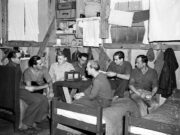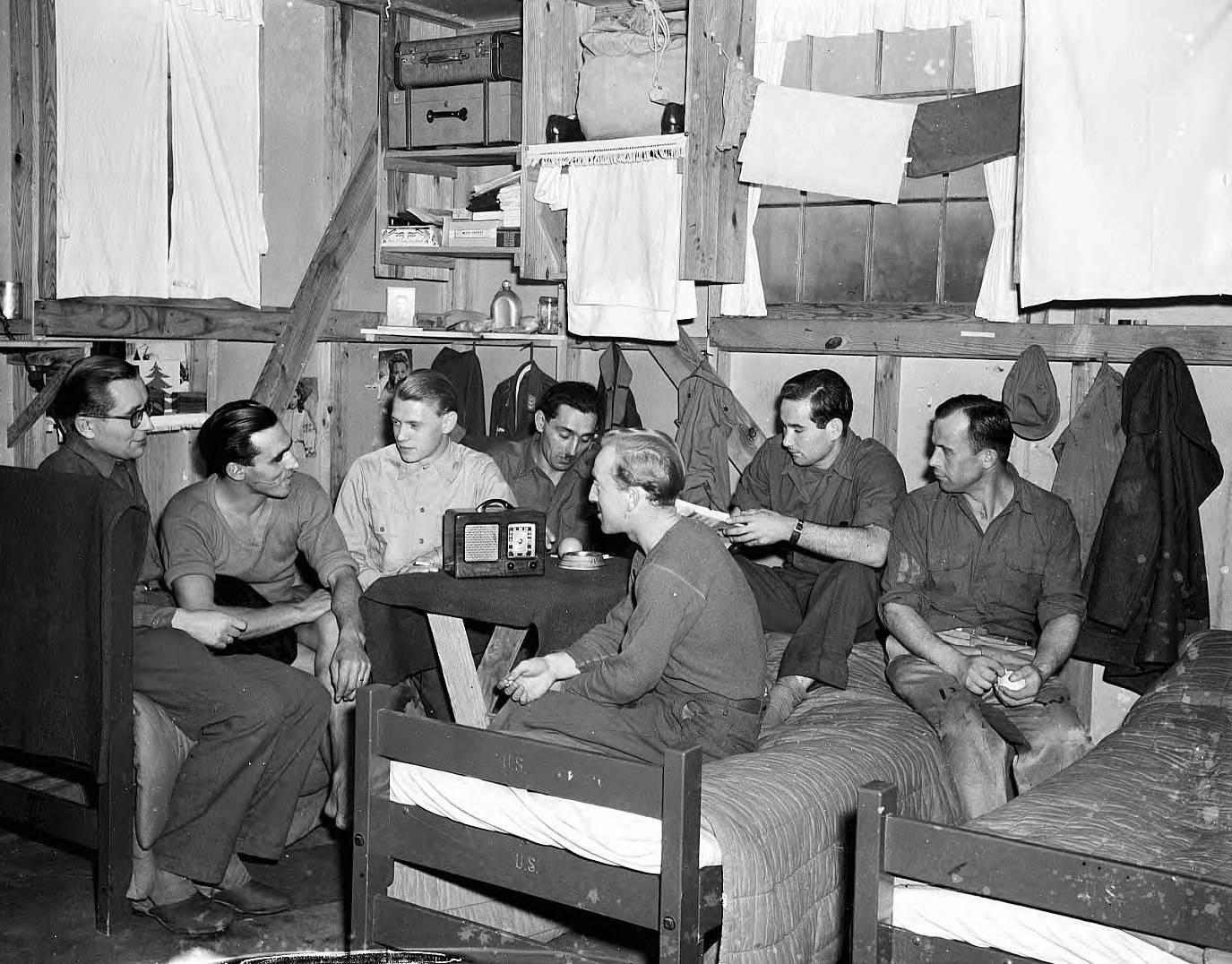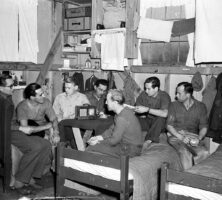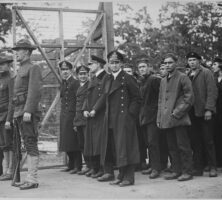During times of war, Georgia military installations have served as internment camps for enemies taken prisoner, as well as for aliens residing in the United States whose activities were viewed as suspect by the federal government. These prisoners were, at the least, topics of interest for native Georgians; at the most, they contributed significantly to the state’s economy, especially during World War II (1941-45).
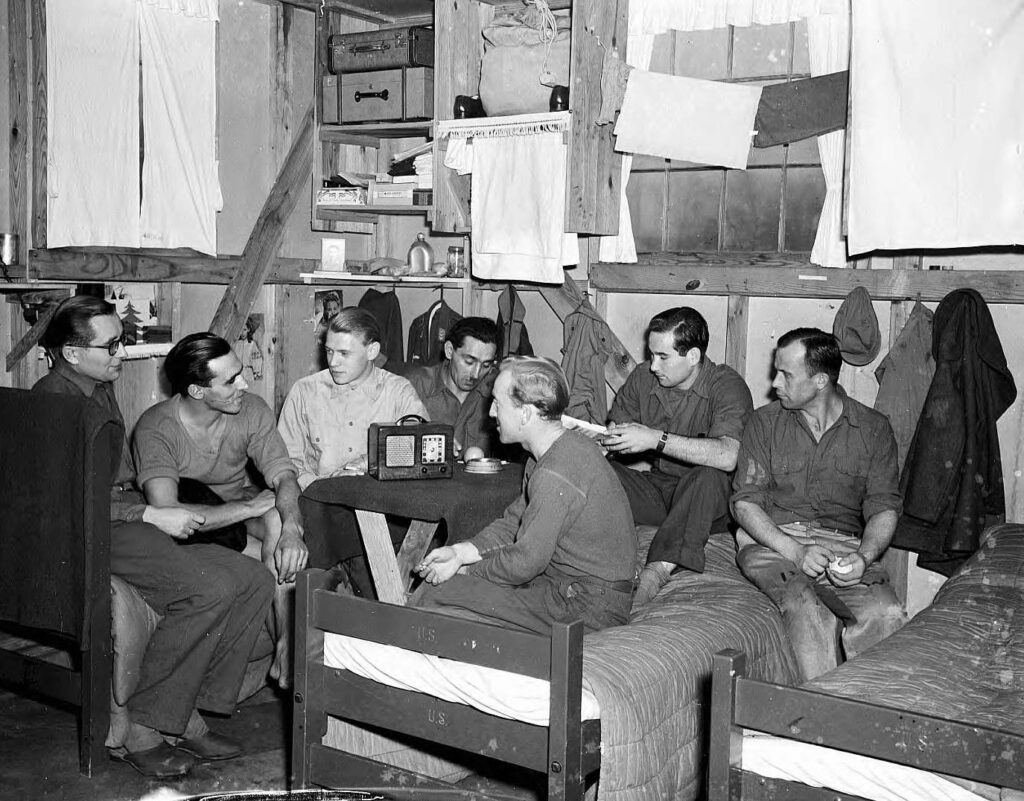
During the Spanish-American War (1898), Fort McPherson, on the southwest side of Atlanta, held sixteen Spanish prisoners of war who were captured in Cuba. Their stay was short because of the war’s brevity. They were housed in the post guardhouse, which later became the post chapel.
World War I
When the United States entered World War I in 1917, the War Department established a camp at Fort Oglethorpe, Georgia, at the site of the Battle of Chickamauga, just south of Chattanooga, Tennessee. This camp initially held German merchant seamen whose ships were captured in American harbors as the nation entered the conflict. (At this time there were three other prisoner of war camps in the United States: Fort McPherson, Georgia; Fort Douglas, Utah; and Hot Springs, North Carolina.) Inmates constructed the camp, which would eventually hold as many as 4,000 people, and neutral Swiss reports indicated that the inmates were provided with adequate food and other necessities. The merchant seamen were given the task of maintaining and running the installation but were given the additional option to work outside the camp in road construction or quarrying operations. Those who did not accept this supposed option were placed in punishment facilities and given half-rations. As anti-German sentiment grew, more German and Austrian aliens were arrested for “suspicious” activities; among them were eminent poets, scholars, businessmen, scientists, and musicians. This group was also interned at Fort Oglethorpe.
By mid-1918 the seamen were removed to Fort McPherson, where another camp of more than 1,300 men was established. Six hundred of the enlisted men at Fort McPherson were then sent to satellite labor camps to work on farms. Those who remained caned chairs or worked on road construction. Officers and the wealthy were never forced to work. Fort Oglethorpe was left largely with the German cultural and intellectual elite. This civilian group, while complaining frequently to the Swiss observers about their internment, found intellectual and creative stimulation in their associations with each other and produced remarkable performances ranging from a musical rendition of Beethoven’s symphony Eroica to a dramatic production of Henrik Ibsen’s play Ghosts. They also printed a newsletter, the profits from which were given to poorer prisoners, and they established a school in which courses ranging from Japanese to physiology were taught.
Though the war ended in 1918, many inmates in Georgia camps were not freed and deported until May 1919. Some 300 were detained at Fort Oglethorpe until April 1920.
World War II
During World War II prisoners of war were again interned in Georgia. By 1943 German, Austrian, and Italian POWs were held at Fort Oglethorpe, Fort Benning (now Fort Moore), Fort Gordon (now Fort Eisenhower), Camp Stewart (later Fort Stewart), and Camp Wheeler near Macon. The Italians were usually housed separately from the Germans and Austrians. The larger camps were constructed to house 2,000-4,000 prisoners. POWs were treated according to the rules of the Geneva Convention, a circumstance that, according to numerous anecdotes, was surprising to them. They were supplied with adequate food, sleeping quarters, and medical care, and they were permitted camp canteen privileges and educational opportunities. They published newsletters and produced theatrical performances. They were also permitted to display national symbols of pride and to conduct funerals with military honors for the deceased. Prisoners not only maintained their camps but also performed such tasks as painting, mowing grass, and washing vehicles on the main installations.
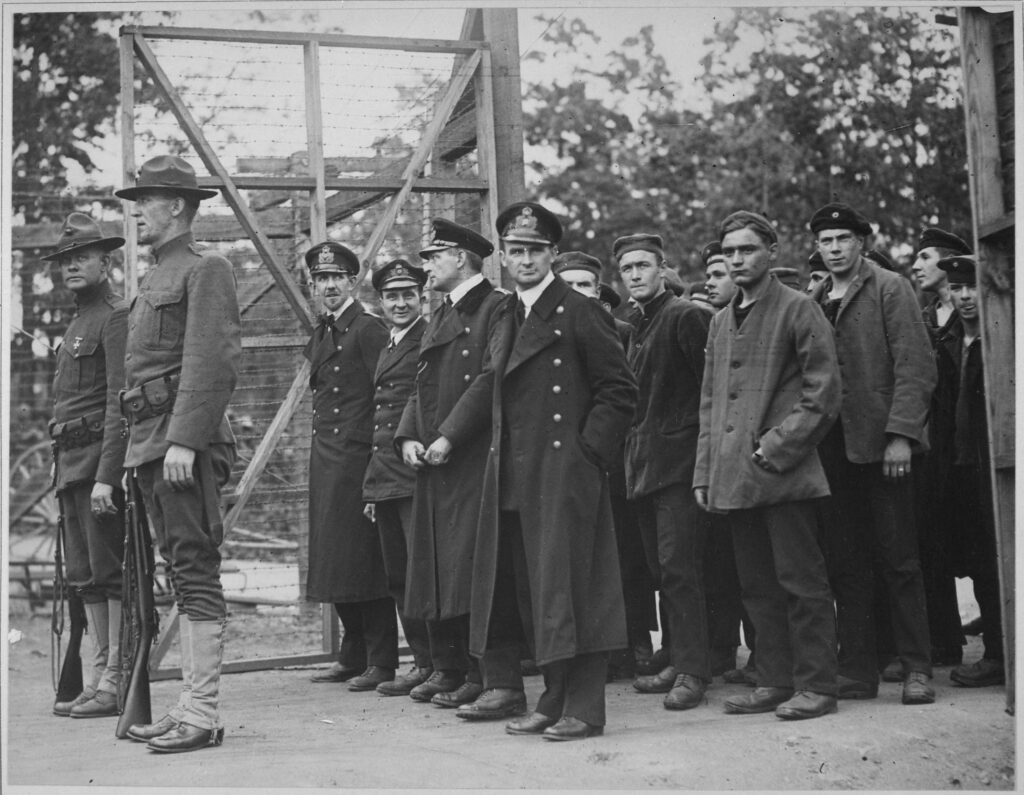
As in World War I, installation camps had satellite camps of from 250 to 750 men that supplied workers for labor-poor southern industry and agriculture, and prisoners received half-rations and experienced activity restrictions if they refused to work. At one time before the War Department streamlined the camp system, Camp Gordon had satellite camps as far away as North Carolina and Florida. Workers harvested cotton, tomato, and peanut crops, and they worked in numerous industries, including pulpwood and lumber. By mid-1944 the shirts emblazoned with the large letters “PW” were a common sight in Georgia. Some German and Italian POWs befriended soldiers and farmers, and they were invited into Americans’ homes for meals and entertainment.
Hard-line Nazi groups in many camps led work stoppages and produced other tensions on a relatively steady basis. They maintained power over other German inmates through appeals to patriotism, intimidation, secret kangaroo trials, and murders of those whom they deemed suspicious. U.S. government officials attempted to identify those hard-line Nazis and intern them separately, but these efforts were less than successful. In 1944 prisoners at Camp Gordon secretly convicted a fellow inmate and strangled him because he was thought to have informed Americans about an impending work disruption and because he appreciated American jazz. His two murderers were tried and executed by the U.S. government in 1945.
With the war nearing an end, in 1944 the War Department began a reeducation program, which included photos and films of Nazi atrocities, to reorient inmates’ thinking. Some prisoners also received lessons in reading English and in American history and government. When the war ended in 1945 all prisoners of war, with the exception of those serving sentences in U.S. penal institutions, were sent home. Some applied in their home countries to return to Georgia, and a few began to return during the 1950s, both to escape the devastation in Europe and to pursue employment opportunities.


